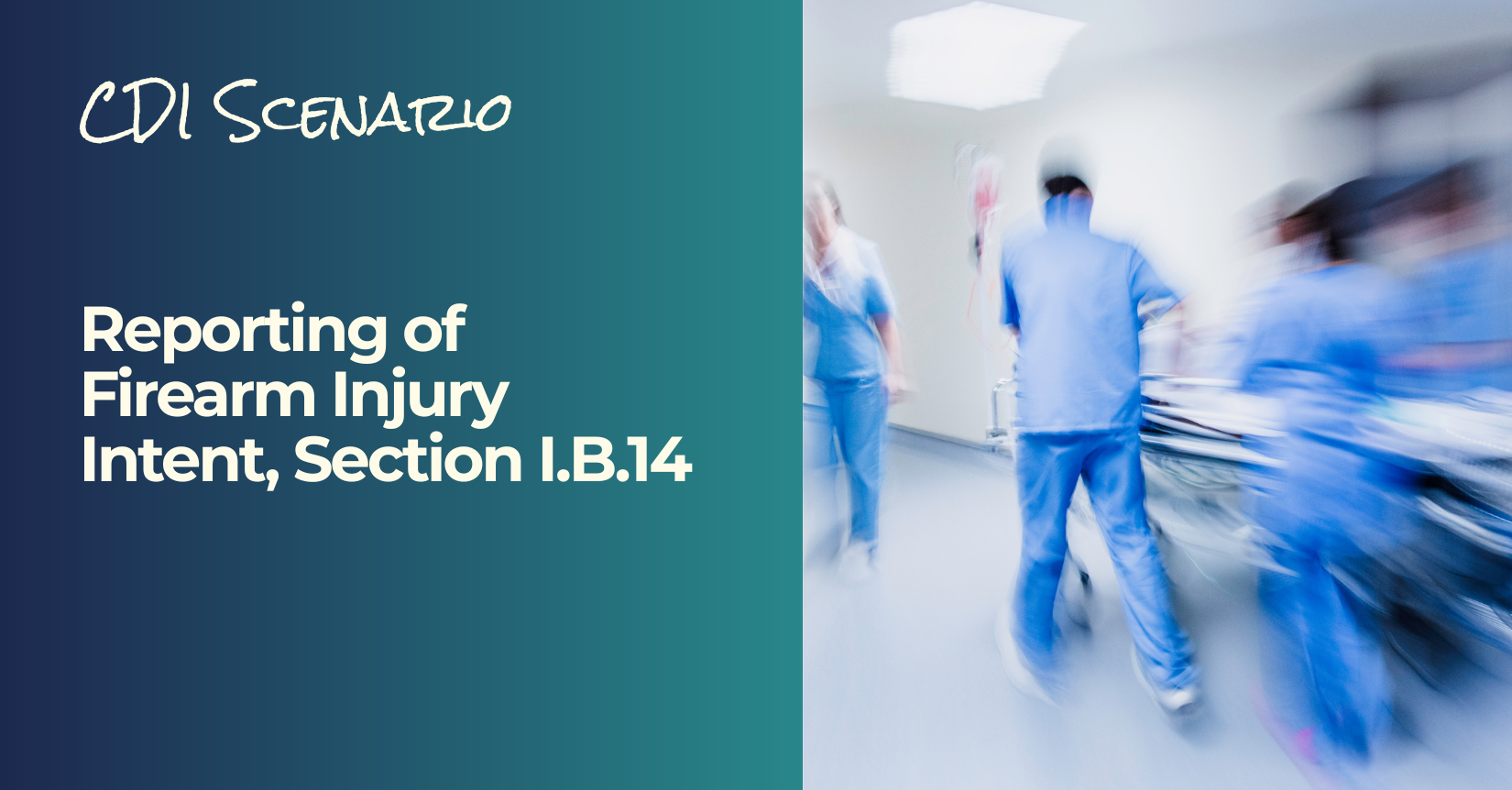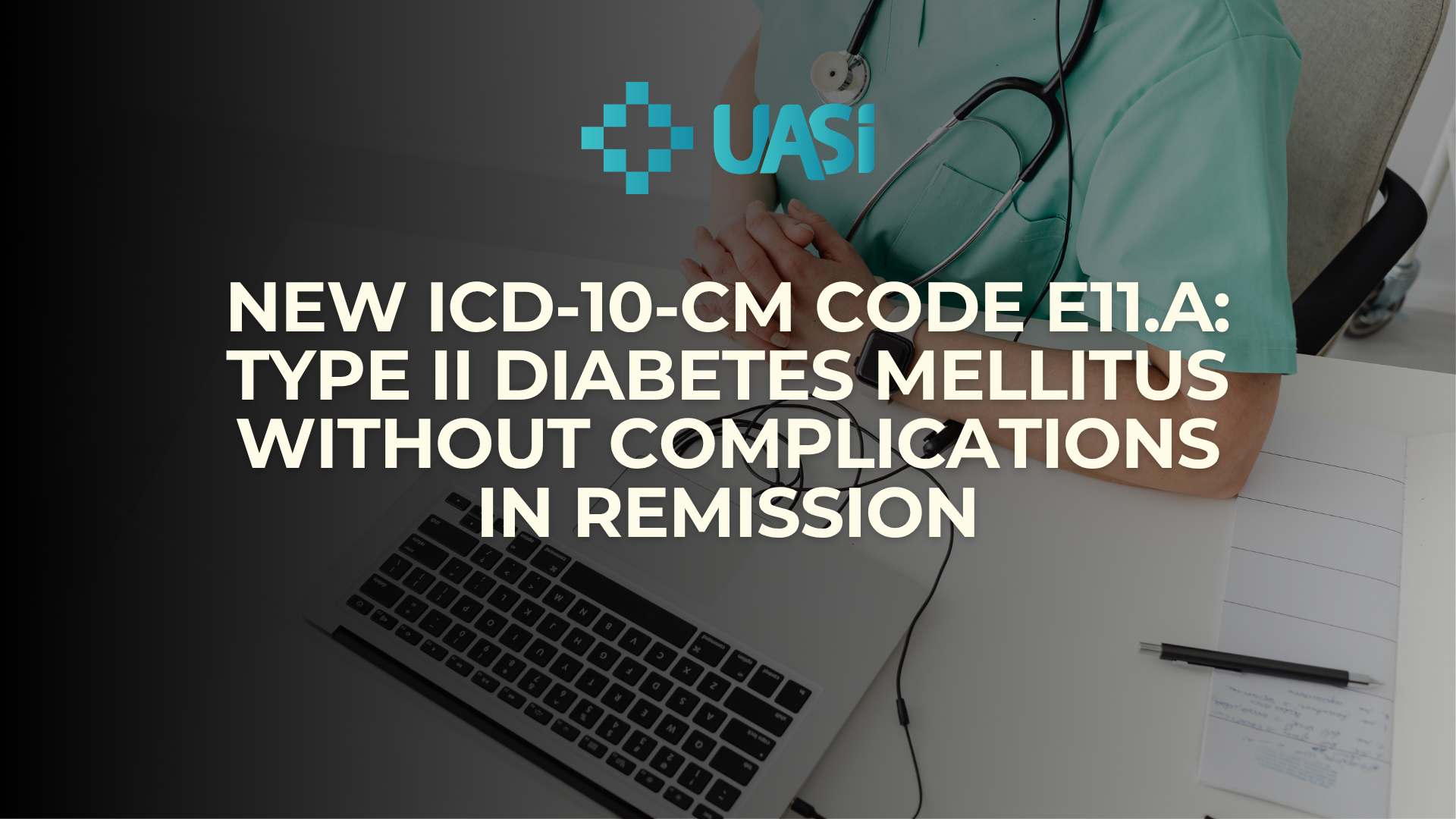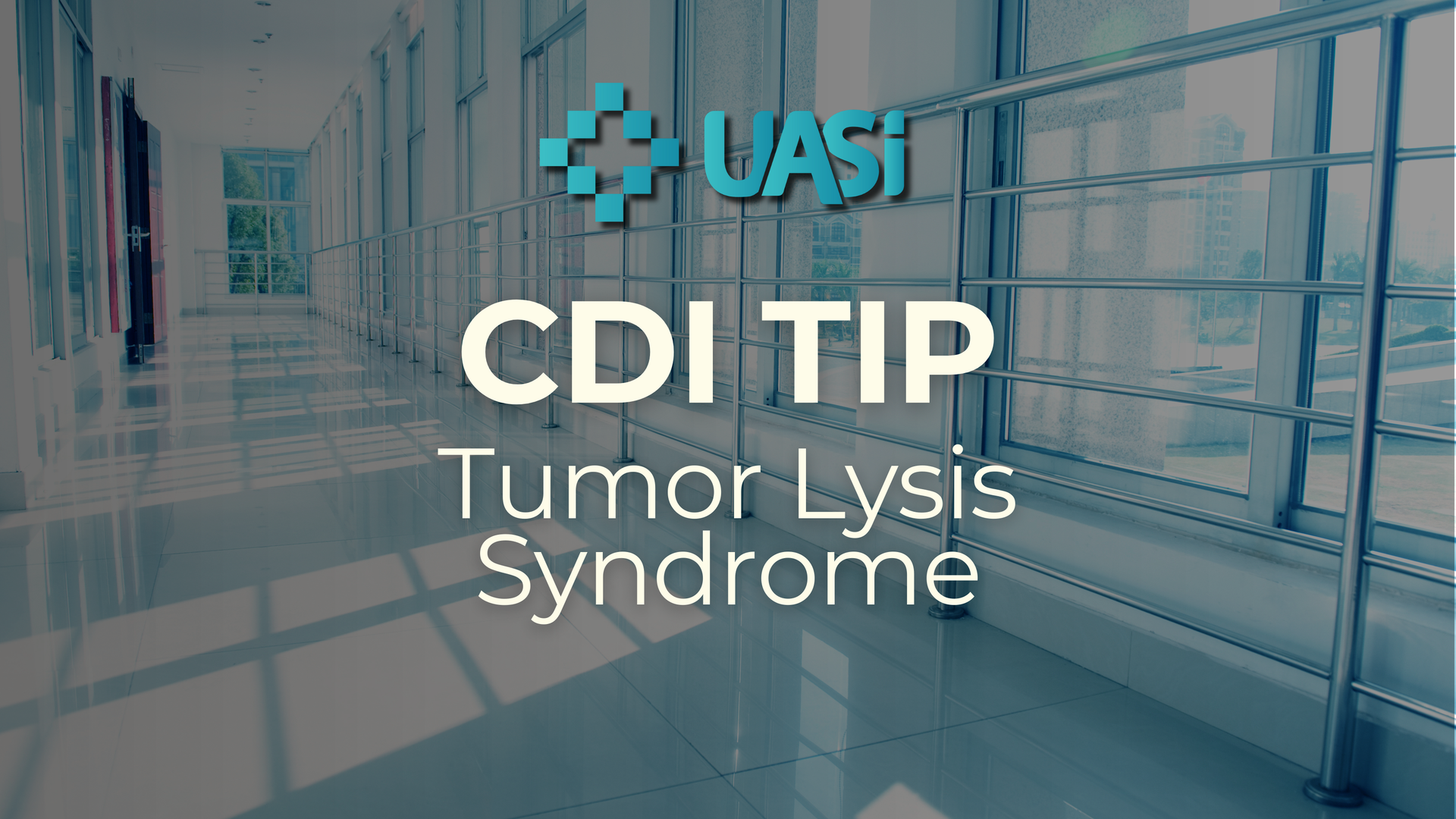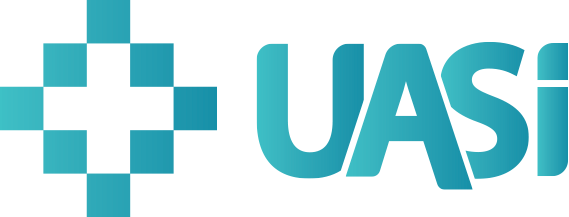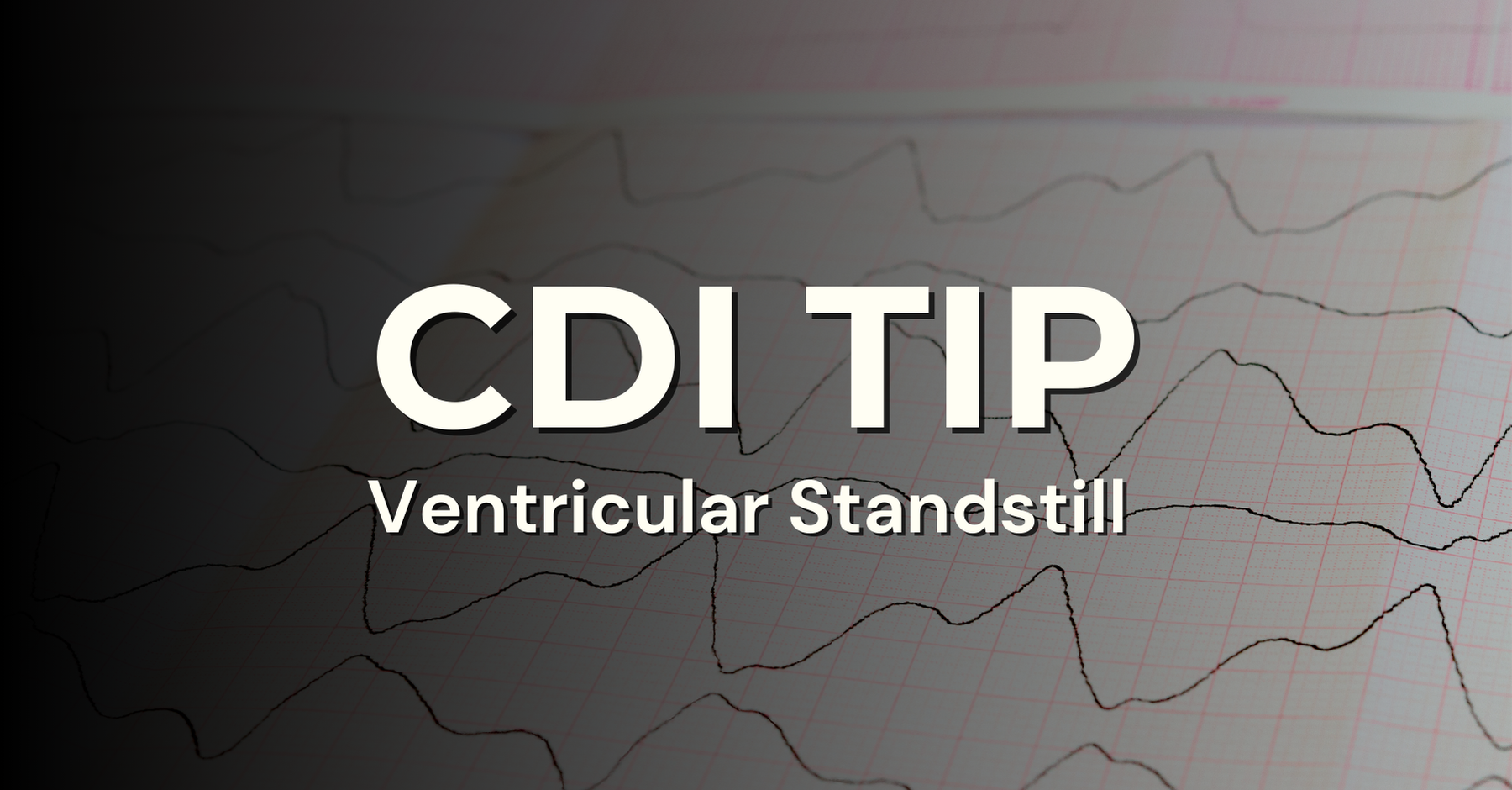The Financial Power of Quality Metrics and RAF Scores in Today’s Healthcare Landscape
November 17, 2025
The New Financial Equation in Healthcare
In today’s healthcare environment, risk and quality are directly tied to reimbursement.
The Centers for Medicare & Medicaid Services (CMS) has redefined how hospitals and physician groups are paid. Financial performance now depends on how effectively organizations document and demonstrate patient risk, quality outcomes, and safety, rather than simply the volume of services provided.
Metrics such as CMS Stars, Patient Safety Indicators (PSIs), and Hierarchical Condition Categories (HCCs) are no longer operational details. They are strategic financial drivers that influence competitiveness, reimbursement, and reputation.
Hospitals that master this alignment outperform their peers in both revenue growth and quality rankings. Those that do not are leaving significant risk-adjusted reimbursement on the table.
How CMS Stars and Quality Metrics Connect to RAF Scores
The CMS Stars program is designed to reward high-quality, risk-adjusted performance.
Star ratings incorporate measures such as mortality, readmissions, and complications. Each is adjusted by Risk Adjustment Factors (RAFs) to account for patient complexity.
In practice, this means that when patient risk is not fully documented, hospitals appear to have healthier populations than they actually do. The result is artificially higher mortality or PSI rates and lower Star ratings.
Lower ratings reduce CMS incentive payments and marketplace visibility, while incomplete RAFs reduce per-member payments in risk-based contracts.
Each RAF point reflects a patient's true clinical complexity. Incomplete documentation suppresses those scores, which in turn suppresses both quality outcomes and financial performance.
Accurate RAF capture ensures that organizations are evaluated on an even playing field and reimbursed for the actual cost of care.
PSIs, HCCs, and the Risk-Quality-Revenue Connection
Patient Safety Indicators (PSIs) measure preventable harm. Hierarchical Condition Categories (HCCs) capture chronic and complex conditions that drive expected costs. Together, they create a risk and quality profile that determines financial performance.
When HCCs are underreported, patient risk is understated, which makes PSI and mortality results appear worse. This directly affects rankings, public perception, and revenue under CMS value-based programs.
Integrating Clinical Documentation Integrity (CDI), Quality, and Risk Adjustment functions allows organizations to build a complete picture of patient acuity. This unified approach strengthens documentation accuracy, improves publicly reported quality metrics, and supports compliance. Hospitals that align these efforts consistently achieve stronger outcomes across CMS Stars, U.S. News & World Report rankings, and commercial payer benchmarks.
Financial Reality: A Realistic ROI Model for RAF Optimization
The following model shows a realistic, blended return:
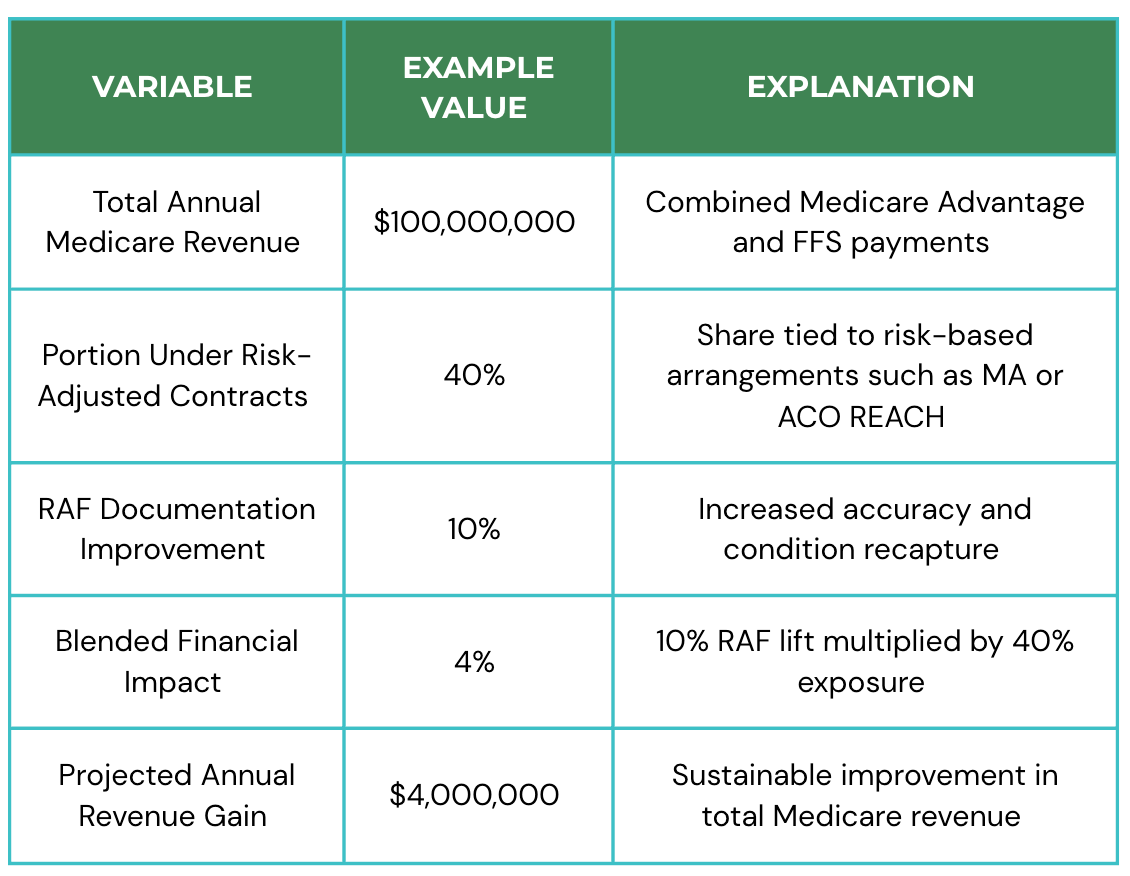
A 10% improvement in RAF accuracy yields a 4% blended revenue lift, or approximately $4 million in additional reimbursement. This gain comes entirely from better documentation and coding precision, not from increasing patient volume.
For most systems, that 4% translates into several million dollars in recaptured revenue annually, while also improving quality scores and compliance standing.
RAF Vue: Turning Documentation Accuracy into Financial Performance
RAF Vue by UASI is a SaaS solution designed for organizations that want to improve both reimbursement accuracy and quality performance.
Through advanced analytics, automated HCC identification, and real-time tracking, RAF Vue helps hospitals and physician groups:
- Identify and close documentation gaps before submission
- Monitor RAF trends and revenue impact across inpatient and outpatient settings
- Quantify the financial effect of improved HCC capture
- Unify CDI and Quality teams around shared objectives
By transforming risk documentation into measurable financial intelligence, RAF Vue enables organizations to realize the full value of risk-adjusted care.
Conclusion
CMS Stars, PSIs, HCCs, and RAFs are no longer technical metrics. They represent a new financial language that defines how healthcare organizations compete. Accurate risk capture improves quality ratings, strengthens compliance, and drives higher reimbursement. RAF Vue empowers hospitals and physician groups to achieve this alignment, unlocking both financial and clinical ROI.


